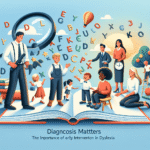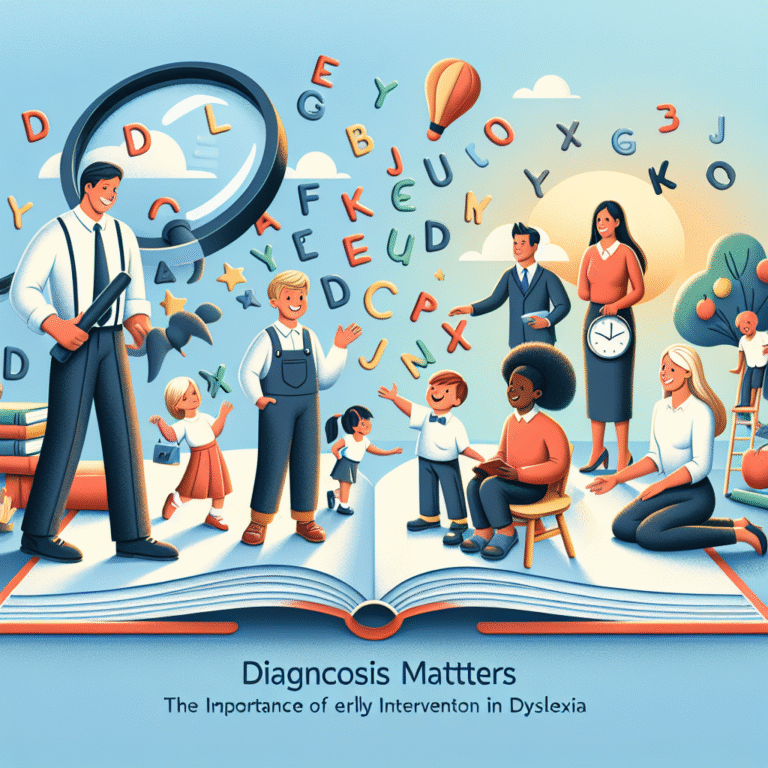
psyforu
Transforming Obsessions into Action: Essential Strategies for Living with OCD
Introduction
Obsessive-Compulsive Disorder (OCD) is more than just a set of quirky habits; it’s a condition that can profoundly affect daily life. While it’s easy for those who don’t experience it to dismiss OCD as merely a penchant for cleanliness or orderliness, the reality is far more complex. At its core, OCD is a struggle with intrusive thoughts (obsessions) coupled with the compulsive behaviors that aim to alleviate the anxiety these thoughts provoke. Understanding how to redirect these obsessions into constructive actions can empower individuals to regain control over their lives. This article delves deep into transforming obsessions into action: strategies for living with OCD, offering insights, case studies, and practical tips that inspire and inform.
Understanding OCD: The Nature of Obsessions
What Are Obsessions?
Obsessions are unwanted, intrusive thoughts that cause significant anxiety and distress. These thoughts can manifest in various forms, such as fear of contamination, harm, or even concerns about moral or existential issues.
The Cycle of OCD
The typical OCD cycle comprises four stages:
- Trigger: A situation or thought that initiates anxiety.
- Obsession: An intrusive thought that exacerbates anxiety.
- Compulsion: A behavior or ritual performed to mitigate the anxiety.
- Temporary Relief: The cycle persists as relief is short-lived, leading to new triggers.
Key Statistics
- Approximately 1 in 40 adults in the U.S. and 1 in 100 children have OCD.
- OCD typically begins in childhood, adolescence, or early adulthood.
| Statistic | Percentage |
|---|---|
| Adults with OCD | 2-3% |
| Children with OCD | 1-2% |
Transforming Obsessions: Practical Strategies
1. Cognitive Behavioral Therapy (CBT)
One of the most effective treatments for OCD is Cognitive Behavioral Therapy, particularly Exposure and Response Prevention (ERP).
Case Study: Sarah’s Journey to Recovery
Sarah, a 28-year-old graphic designer, felt overwhelmed by her fear of germs. After undergoing CBT, she gradually exposed herself to situations involving germs and learned to resist her compulsive hand-washing. Sarah’s story illustrates how effective CBT can be in breaking the OCD cycle.
2. Mindfulness and Acceptance Techniques
Practicing mindfulness can help individuals observe their thoughts without judgment. It positions them to acknowledge the existence of their obsessions without acting on them.
Case Study: Tom’s Mindfulness Practice
Tom, who struggled with intrusive thoughts about harming others, began incorporating mindfulness meditation into his routine. By accepting his thoughts rather than fighting them, he found it easier to engage in daily activities without his compulsions.
3. Creating an OCD-Friendly Environment
Designing your space to minimize triggers can be instrumental in managing OCD. Consider storing cleaning supplies in a locked cabinet if contamination fears prevail.
4. Support Networks and Groups
Connecting with others who share similar experiences offers validation and understanding. Online and in-person support groups can provide significant emotional relief.
Case Study: Jane’s Community Connection
Jane, a young mother, formed a support group for moms dealing with OCD. By sharing her experiences and listening to others, she transformed her own obsessions into community action, promoting awareness and education about OCD.
5. Medication: A Supplementary Strategy
For some, medication such as SSRIs (selective serotonin reuptake inhibitors) may be necessary and can complement therapy.
6. Channeling Energy into Productive Actions
Redirecting obsessive thoughts into productive outlets such as art or exercise can provide a therapeutic release.
Case Study: Alex the Artist
After recognizing that his OCD was consuming significant emotional energy, Alex took up painting. This activity became a safe space for him to express his feelings and manage his obsessions creatively.
Tables: Strategies at a Glance
| Strategy | Description | Benefits |
|---|---|---|
| Cognitive Behavioral Therapy | Focuses on changing thought patterns and behaviors | Reduces anxiety, breaks compulsive cycles |
| Mindfulness | Observes thoughts without judgment | Enhances emotional regulation |
| Support Networks | Connects individuals with shared experiences | Provides understanding and validation |
| Creative Outlets | Engages in artistic or physical activities | Channels energy, reduces stress |
Conclusion
Living with OCD is undeniably challenging, but transforming obsessions into action can bring about remarkable change. By employing the strategies outlined above, from therapy and mindfulness to community support and creative expression, individuals can reclaim their lives. Remember, OCD doesn’t define you; your actions, resilience, and willingness to transform challenges into victories do.
FAQs
- What causes OCD?
- The exact cause remains unclear, but a combination of genetic, neurological, and environmental factors is believed to play a role.
- What causes OCD?
- Is OCD curable?
- While there’s no absolute cure, many individuals manage their symptoms effectively through therapy and medication.
- Is OCD curable?
- Does OCD only involve compulsive behaviors?
- No, OCD primarily revolves around obsessions—distressing thoughts. Compulsions are the behaviors performed in response to these thoughts.
- Does OCD only involve compulsive behaviors?
- How can I find professional help?
- Consult your primary care physician for referrals to therapists specializing in OCD. Online platforms can also provide access to professionals.
- How can I find professional help?
- Can self-help strategies be effective?
- Yes; techniques like mindfulness, journaling, and self-education can complement professional treatment and promote progress.
- Can self-help strategies be effective?
By embracing these strategies and sharing experiences, we can create a wave of understanding and action surrounding OCD, transforming not just personal journeys, but also public perception. Together, we can foster a community where transformation is not just possible—it’s essential.











